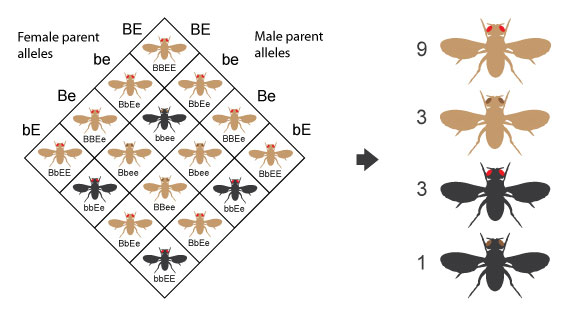TheScorpion
Member
Hey all,
I'd like to learn how much of what parentage offspring inherit, particularly in a case where one has an 80/20% indica/sativa strain and then breeds it with a 100% sativa strain.
Will the offspring be 40% indica and 60% sativa?
A grid of possibilities based on dominant and recessive gene expressions?
It's hard to find a concise explanation on the web.
Any thoughts?

I'd like to learn how much of what parentage offspring inherit, particularly in a case where one has an 80/20% indica/sativa strain and then breeds it with a 100% sativa strain.
Will the offspring be 40% indica and 60% sativa?
A grid of possibilities based on dominant and recessive gene expressions?
It's hard to find a concise explanation on the web.
Any thoughts?



